From the time a pasture becomes properly established its production gradually declines and often the feed quality also reduces. Commonly there is a loss of high quality pasture species over time, often due to pest attack.
Why renovate your pastures?
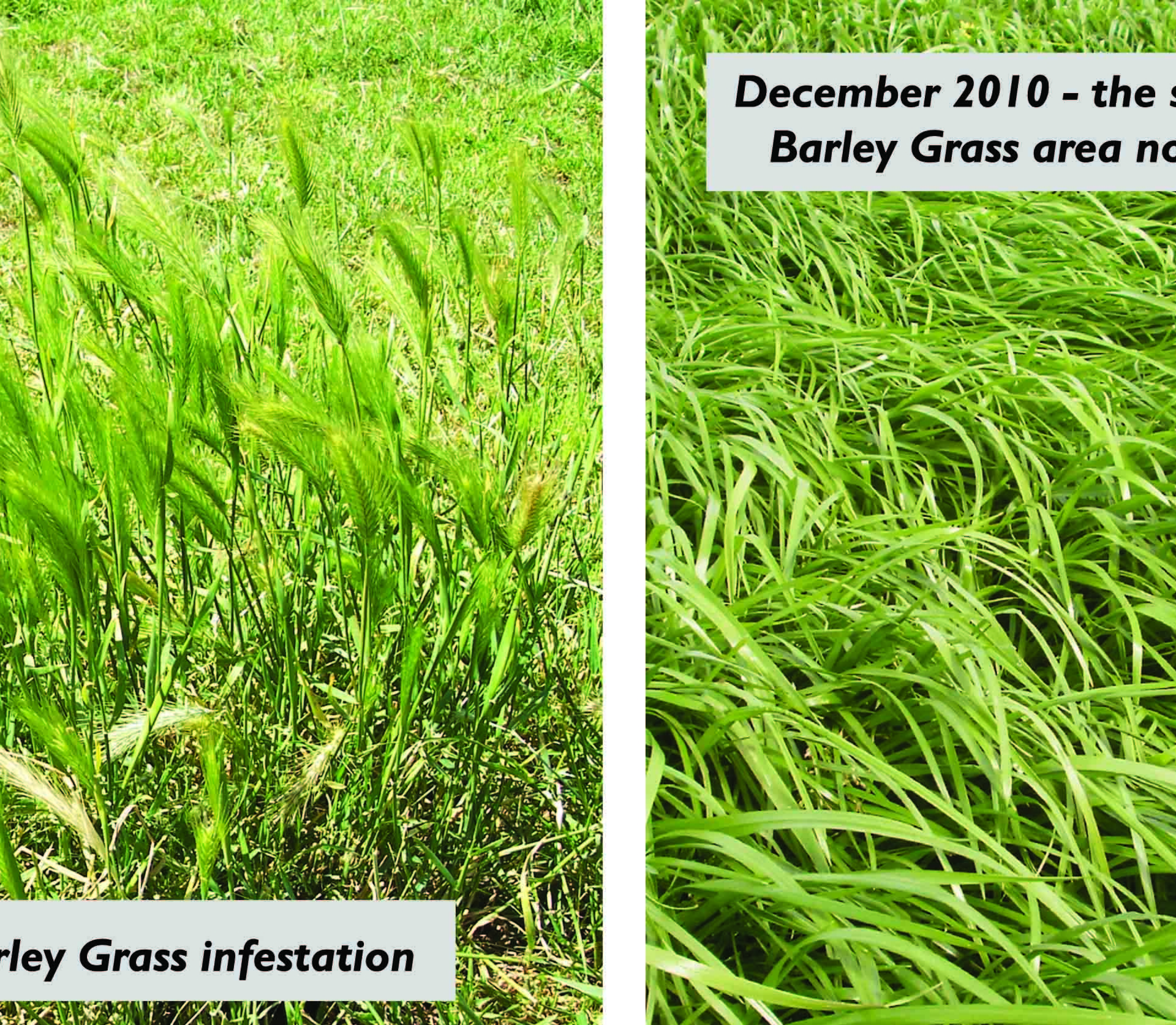
Steps to control Barley Grass
Barley Grass has continued to become a greater problem with annual grasses that are prolific seeders tending to dominate over perennial species. We’ve listed some practical tips to combat Barley Grass
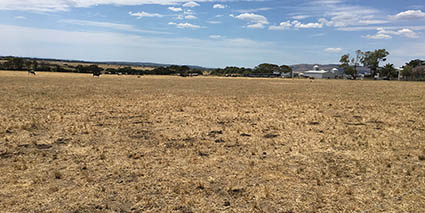
Pasture Planning & Improvements
The aim on most farms would have to be more home grown feed, therefore achieving a greater amount of total energy harvested per Ha. With this in mind, the main ingredients for a successful pasture crop need to be
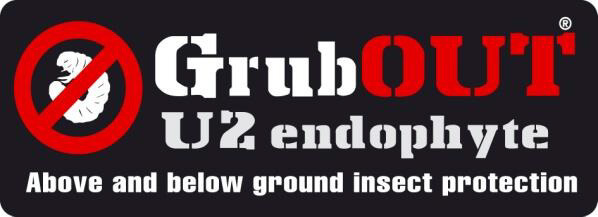
GrubOUT U2 Endophyte
Introducing the GrubOUT® U2 endophyte, a unique new endophyte providing host pasture grasses with above and below ground protection against serious insect pests.

Forage Wall Chart
Our Forage Wall Chart is designed to give you a overview of forage cultivars available on the market, detailing their growth, persistence, sowing rates & endophyte status. It also features helpful comments on each cultivar.

Identifying Winning Varieties
All pasture and forage varieties developed for Notman Pasture Seeds are thoroughly trialed and tested on farms throughout Australia & New Zealand to assess their performance capability under varying farming conditions prior to commercialization.
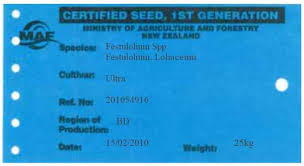
Seed Certification
Crops and resultant seed must pass specific standards at the field (growing) stage and laboratory (processed) stage. Growers of ‘certified seed’ must have their farms and individual paddocks mapped and registered with the scheme.

The Cultivar Checklist
The following is a checklist to assist in deciding whether the claims made in promotional material are valid, whether the data is accurate and reliable, and whether the claims are applicable to your situation.

Tetraploid Grasses
The cells of tetraploid grasses are larger than those of diploids, leading to a higher percentage of cell contents relative to cell walls. This has positive effects in terms of palatability and nutritional value of a plant, including metabolisable energy content, although differences are generally not significant compared to diploids.
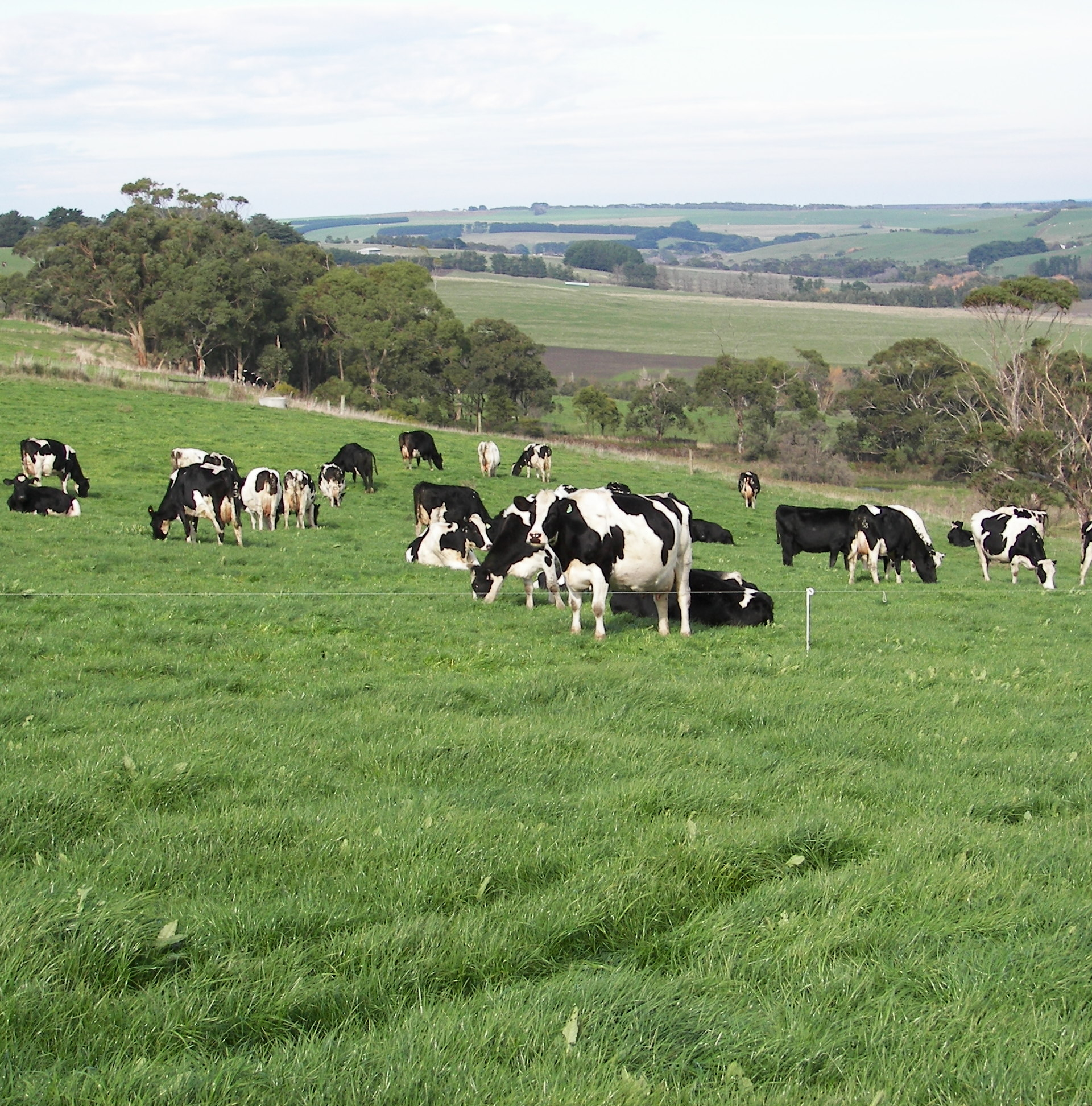
Grazing AR1 Perennial Pasture
An AR1™ type endophyte infected ryegrass is generally more palatable than a standard endophyte type of the same cultivar and does not deter overgrazing.







